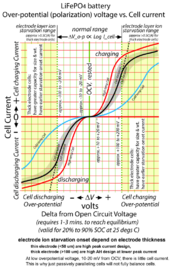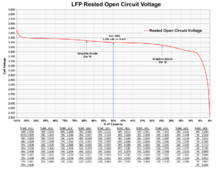I wouldn't worry about your cells being ruined at all. Especially if they only got down to 2.5v...
These cells can handle abuse. One pack I made was discharged and then left for 6 months and found later with below 1v per cell. Mate brought them back to me, I charged, balanced and capacity tested the 24v pack and it still pulled over its rated capacity. High amperage discharge testing showed cellular voltage drop within the expected range. Which means internal resistance was ok.
So yea, these cells are very hard to kill. Don't worry.
These cells can handle abuse. One pack I made was discharged and then left for 6 months and found later with below 1v per cell. Mate brought them back to me, I charged, balanced and capacity tested the 24v pack and it still pulled over its rated capacity. High amperage discharge testing showed cellular voltage drop within the expected range. Which means internal resistance was ok.
So yea, these cells are very hard to kill. Don't worry.





